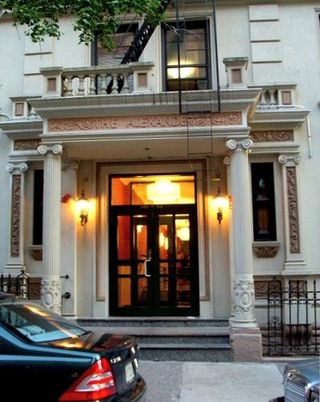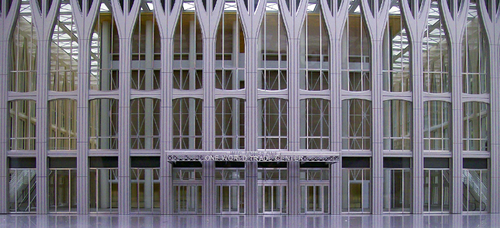
NEW YORK DAILY NEWS
December 26, 2010
Goodbye hotels, hello homeless?
by James Panero
Thanks to a new law against SRO hotels, the UWS is at risk
If you want to stay at the Alexander, a boutique hotel on 94th St. on the upper West Side, you better book your room soon. With plush bedding, sparkling renovated bathrooms and a welcoming staff, this hotel has received great reviews online. Problem is, the only guests who may stay here in the new year could be the homeless.
Because of a change in New York law, starting in 2011, single-resident-occupancy buildings (SROs) such as the Alexander will no longer be allowed to rent rooms for less than 30 days unless they get a new certificate of occupancy and, in most cases, a zoning exemption. So out goes this legitimate hotel, its hardworking employees, the happy tourists and a revenue engine for the city.
In comes Samaritan Village. On Dec. 10, this Queens-based substance abuse and mental-health center gave notice to the local community board that it intends to run a 200-bed homeless facility out of the Alexander, according to community sources and confirmed by a spokesman for Samaritan.
The conversion of a welcome local institution into a shelter for the city's indigent population may sound like deja vu all over again to longtime residents of the upper West Side like me. Unfortunately, it may be the beginning of a broader attack on urban sanity and gentrification throughout the city.
For decades, my neighborhood - like neighborhoods in Harlem, Chelsea and the East Village - has borne an unfair burden of New York's supportive housing industry. Despite the "fair share" law in the city Charter that requires social service facilities to be evenly distributed through all neighborhoods, W. 94th and 95th Sts. alone, next door to where I live, have seen half-a-dozen such institutions proposed in recent years, from homeless shelters to drug treatment centers to halfway houses. The residents of these two tree-lined streets - with their public schools, nursery schools and family residences - must wonder what they did to deserve such generosity.
State Sen. Liz Krueger has largely kept supportive housing out of the wealthiest portion of her district, the upper East Side, but she has championed legislation in Albany amending the multiple-dwelling law that could result in more than a dozen new supportive-house facilities opening in the old SROs on the upper West Side.
Krueger and her political allies - including Councilwoman Gail Brewer and State Assembly members Richard Gottfried and Linda Rosenthal - may believe they are protecting tenants' rights by preventing the proliferation of small hotels into SRO buildings. Instead, their beneficence has only managed to clear these buildings of useful small businesses, while protecting the special interests of the hotel workers' union, since the targeted SRO hotels generally employ nonunion labor.
The landlords will chase the dollars still available. Many vacated rooms can be expected to enter contracts with organizations operating with the Department of Homeless Services or other city agencies. The presence of these facilities and the undesirable groups they import, in turn, will push out industrious neighbors, rich and poor, or at least those who can afford to leave, along with local retail.
If Samaritan Village is allowed to open on the upper West Side, it will be the first of many such conversions here - a sad sign that the local political complex appears interested in anything but the rights of a community that has fought for decades to make its streets safer, better and more beautiful.
Other parts of the city should beware. By Krueger's own tally, once the new legislation goes into effect in 2011, it will impact 280 buildings citywide.
Only in New York would politicians complain about the blight of middle-aged European tourists asking for directions. Force out one population, and you leave a hole for another one to fill. You only hope your new neighbor isn't the next Larry Hogue.
